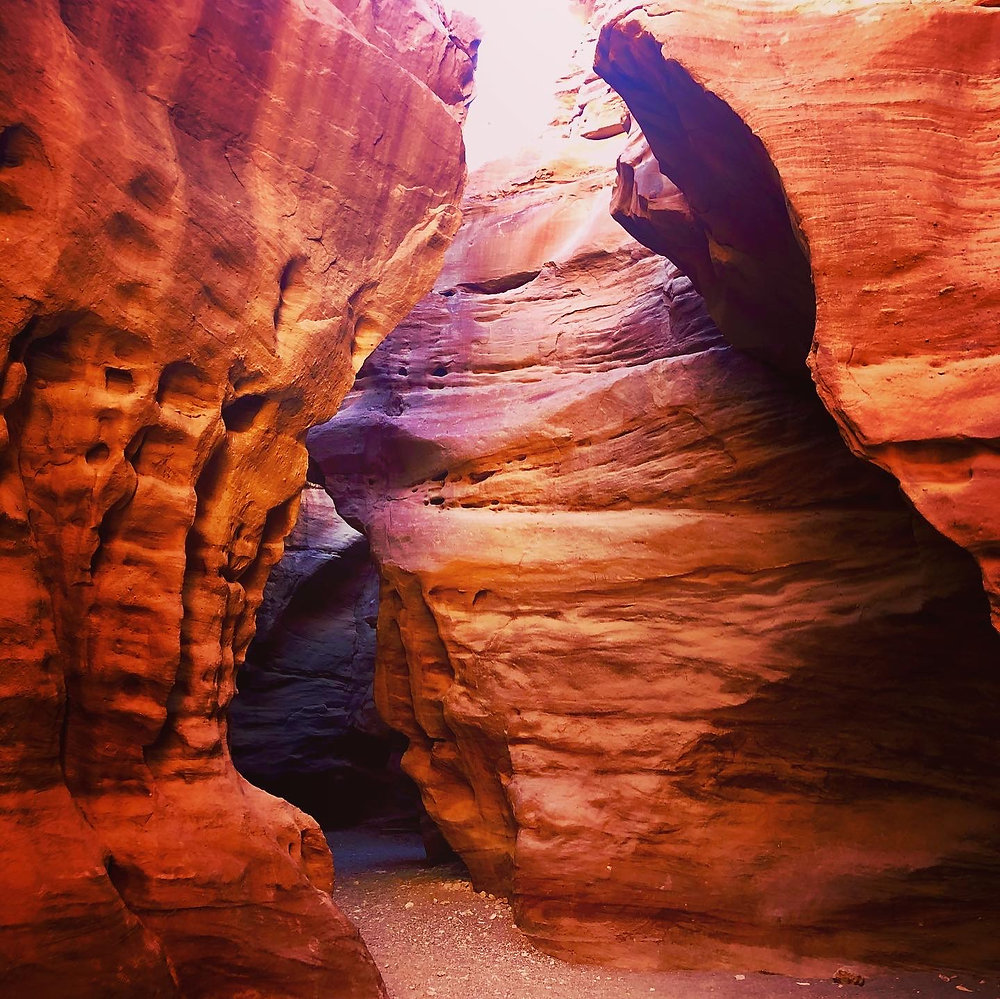

Red Canyon, located near the southern resort city of Eilat in Israel, is a prime example of the breathtaking natural beauty that the Middle Eastern landscapes have to offer. Its striking red sandstone formations, carved by the forces of wind and water over millions of years, have transformed it into a popular destination for hiking enthusiasts and nature lovers. Eilaut's tourism history is closely tied to its remarkable geographic features, including the Red Canyon.
Tourism in Eilat began to develop in the early 1950s, following the establishment of the State of Israel in 1948. Initially, the city's main attractions were the serene beaches and the opportunity for cross-border travel to neighboring countries. However, it was the discovery of Red Canyon’s incredible rock formations and the unique desert landscapes that expanded Eilat’s appeal as a natural and adventure tourism hub.
Throughout the 1960s and 1970s, infrastructure in Eilat rapidly expanded, with improvements to transportation and accommodation options. As more tourists arrived, seeking both relaxation by the Red Sea and adventures in the surrounding desert, the Israeli government and private enterprises invested in making sites like the Red Canyon more accessible and tourist-friendly without compromising their natural beauty.
In recent years, there has been a trend towards sustainable and eco-friendly tourism practices in Eilat and the surrounding area. The Red Canyon, being a delicate natural site, has seen the introduction of ecological initiatives aimed at preserving its condition while supporting eco-tourism. Trails have been marked to guide visitors safely through the area, and educational programs emphasize the importance of conservation.
Guided Tours: The popularity of guided tours has been on the rise, offering visitors a deeper understanding of the region's geography, wildlife, and history.
Adventure Activities: Beyond hiking, tourists now engage in a variety of activities, including rappelling, rock climbing, and jeep tours that complement the hiking experience.
Photography: With the rise of social media, many visitors flock to the Red Canyon to capture its stunning vistas, contributing to its worldwide reputation as a photogenic hotspot.
Cultural and Historical Integration: Efforts to integrate local Bedouin culture into the tourism experience have also gained momentum. Visitors can learn about the Bedouin way of life, which adds a rich, cultural layer to their natural exploration.
Red Canyon continues to attract visitors from around the world who seek to marvel at its natural splendor. The destination’s management balances visitor needs with environmental preservation, solidifying Red Canyon as a must-visit location within the diverse tapestry of Israeli tourism sites.